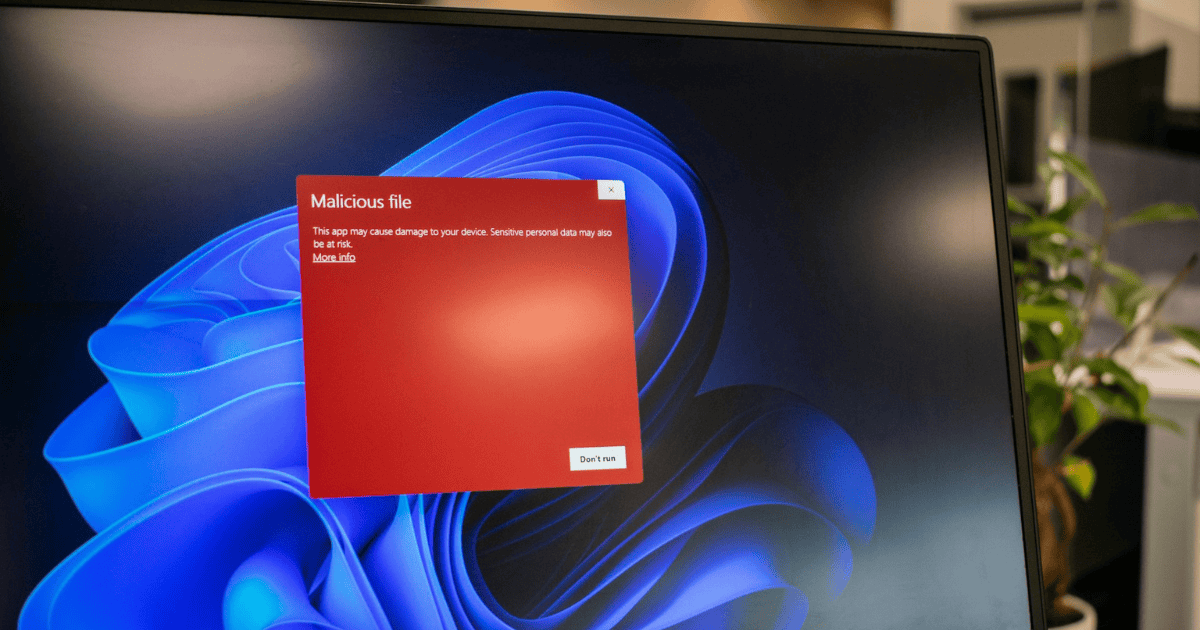Last Updated on 9 February 2024 by admin
With new and evolving digital architecture and substantial reliance on IoT and cloud services, the attack surface grows at intractable speed. This means one thing for CISOs and IT teams: tracking and managing an evolving online environment while securing it is becoming more of an ideal than a reality for the Financial Services industry.
As cyber-attacks are becoming increasingly common, it is essential to fortify your IT architecture, so you don’t fall victim to an attack and become the next cautionary tale.
In this blog, we explore the importance of attack surface management for Financial Services firms and how to protect your digital assets.
Table of Contents
The financial services sector is more vulnerable than ever to cyberattacks
A financial organization like an investment bank manages vast amounts of sensitive data and funds making them prime targets for cybercriminals as successful attacks can be highly lucrative. From an attacker’s perspective, the greater the volume of external assets you have, the larger your attack surface. A growing attack surface inevitably offers more opportunities for a threat actor to gain unauthorized access to your environment – meaning the larger the organization, the more likely you are to experience a breach or cyberattack. However, smaller organizations are also rendered vulnerable as they usually have less robust security measures. Investing in attack surface training for your security teams is the best investment you can make as a financial institution.
According to the Financial Conduct Authority, cyber-attacks within investment banking and overall, the financial industry rose by 80% in 2018, and have skyrocketed since we have become more interconnected with increased cloudification and remote working. The sector remains the most targeted of all.
With cyber-attacks frequenting front-page news, consumers are becoming progressively aware of the increasing threat to organizations and their data. To help build trust and lasting customer relationships, it is crucial to recognize your specific security weak points to mitigate risks.
Organizations must acclimate to today’s digital world and its associated threats by prioritizing their risk management and securing a solid defence. Monitoring and managing innumerable assets have become a pressing concern for the financial sector – regardless of the organization’s size. Ultimately, new threats require new solutions, so CISOs, CTOs, and other IT leaders need visibility of their expanding threat landscape.
What are the main cyber threats that financial services face?
Manually managing a constantly changing external asset inventory is becoming a near-impossible task. Knowledge of potential attack vectors, as well as your organization’s specific weak points, is key to achieving and maintaining a robust security posture and protecting your company’s reputation. We work with many financial organizations and have come familiar with their primary security concerns, including:
- Cloud migration misconfigurations
- Compliance with data protection regulations
- Social engineering attacks, such as business email compromise
- Distributed Denial of Service (DDoS)
- Supply chains
- Ransomware
- Third-party risk
- Insecure payment systems
- Unmanageable asset inventory
- Human error
The financial services sector is the most exposed industry, so a robust cyber security strategy is a prerequisite for survival and needs to be prioritized in the boardroom agenda.
Introduction to Attack Surface Management
Attack Surface Management is a comprehensive cybersecurity approach that involves mapping out and analyzing all potential points of entry for malicious actors into an organization’s IT ecosystem. It encompasses a wide range of digital assets, including web applications, APIs, databases, network infrastructure, and even personnel-related information.
By gaining an in-depth understanding of their attack surface, financial services companies can develop a robust defense strategy that minimizes exposure to cyber threats.
Adopting external attack surface management
Mounting risk needs to be addressed with a scalable security strategy that is able to readily safeguard your systems as your capacity changes. Attack surface management is fast becoming a favored approach to proactive security. As a form of continuous security monitoring, attack surface monitoring constantly maps your evolving external perimeter. It provides an active and comprehensive asset inventory of external assets that contain, transmit, or process your data, and detects vulnerabilities as they appear.
Known factors on the attack surface refer to assets that you are aware of and monitors, such as subdomains and general security processes. So, unknown factors (also called shadow IT assets) are most likely not being patched or updated – which could lead to a potential vulnerability or misconfiguration and could be exploited by a threat actor. You must be aware of any third-party assets too, as these also pose a serious risk to your overall security posture.
You can’t remediate vulnerabilities that you aren’t aware of. ASM helps you form risk-based security strategies allowing you to make more informed cyber security decisions. Learn:
1. What the components of your attack surface are
Asset discovery is an operationally efficient process of detecting and geographically locating active and inactive assets that are both known and unknown to you. This form of live and continuous security monitoring offers complete visibility of your attack surface as it grows. Informer, for example, uses a vast range of open-source intelligence (OSINT) techniques to locate online assets you didn’t know you had and displays them in a passive inventory making them easy to track.
2. Where the attack vectors and exposures are located
Vulnerability discovery uses an automated approach to assess your security posture. This systematic review detects potential risks using a variety of scanning tools to assess your digital infrastructure or network for any known vulnerabilities from a large data pool. Vulnerabilities can be introduced at any time that can expand your attack surface, so Informer covers a large scope to continuously find infrastructure and application-level vulnerabilities on all assets.
3. How to effectively shield your organization from attacks
Nearly 80% of senior security and IT leaders lack confidence in their cyber security posture, so accessing a birds-eye view of your overall digital footprint with granular insights helps to make more informed, risk-based security decisions.
Stay ahead of attackers with external attack surface management software
You can’t stop the attack surface from growing, but you can protect yourself from compounding risk. In the financial sector, more than any other, cyber security strategies must evolve to keep up with the ever-changing threat interface in order to provide optimum coverage. Therefore, Informer offers the unique benefits of combining live asset discovery, vulnerability scanning, and expert penetration testing in a single frictionless platform. We also advise companies on the right approach to cyber security.
Our innovative approach to security changes the game by reforming traditional security testing. Powered by automation, the platform continuously finds infrastructure and application-level vulnerabilities on assets that are both known and unknown to you. Active vulnerability discovery can be combined with our expert penetration testing services, providing 24/7 coverage and assurance that your attack surface is constantly monitored for any changes in your digital environment.





